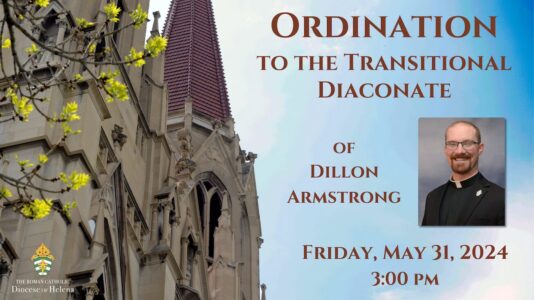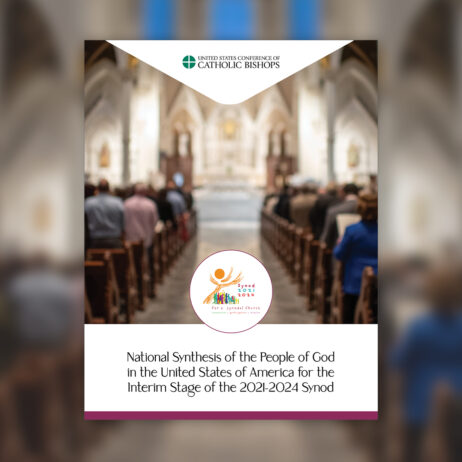
From the Formator of the Faith
Dr. Brian Barrett
“And the angel said to them, ‘Be not afraid; for behold, I bring you news of a great joy which will come to all people; for to you is born this day in the city of David a Savior, who is Christ the Lord. And this will be a sign for you: you will find a baby wrapped in swaddling cloths and lying in a manger.’” (Lk 2:11-12)
Having heard the angel’s proclamation, the shepherds set out for Bethlehem: “Let us go over to Bethlehem to see this thing that has happened, which the Lord has made known to us.” They had heard a word; they want to see its fulfillment. They had received the announcement; they hasten to find the “thing” that has “happened.” They seek to discover this news as something not merely announced but as something done, the substance of their joy upon hearing the news. Something that, when they find the “sign,” will cause them to proclaim, in St. John’s words, “That which was from the beginning, that which we have heard, which we have seen with our eyes, which we have looked upon and touched with our hands, concerning the word of life—the life was made manifest, and we saw it and testify to it, and proclaim to you the eternal life which was with the Father and was made manifest to us—that which we have seen and heard we proclaim also to you, so that you may have fellowship with us; and our fellowship is with the Father and with his Son Jesus Christ” (1 Jn 1:1-4).
Icon of the Nativity by the Sisters of Bethlehem of the Assumption of the Virgin & St. Bruno
And what was the sign? Not a royal birth; not a child shining with the light of glory, like the glory at the angel’s appearance. Just a child, in the dark, and wrapped in swaddling cloths. Vulnerable, and wrapped by another’s loving care. The iconographic tradition of the Nativity invites us to discover the “thing” that the shepherds found precisely as a “sign.” The virgin mother adores the newborn as he lays swaddled and nearly swallowed by the darkness of the cave. The composition of the scene directly reflects, in anticipation, that of Christ’s burial, where Mary again adores her son wrapped in burial shrouds as he is placed in the tomb and descends to his dead brothers.
For God to be born as a baby in our flesh is already the full expression of his love for us, of his total identification with us in all the vulnerability which is properly ours, of his being Emmanuel. To see him come as a baby, “when the goodness and loving kindness of God our Savior appeared,” is already to see that “he saved us in his mercy” (Tit 3:4-5). For the first time, the Father hears his Son’s cry: “A body you have prepared for me; behold, I come to do your will, O God” (Heb 10:5-7). His birth is thus a “sign” of some “thing that has happened.”
No wonder the shepherds were the first to hear the news. Poor and despised, they recognized in him the one who emptied himself, left his glory behind, and set out into the world bound by sin and death, into the poverty of the manger. They understood the grace of the Lord, “that though he was rich, yet for your sake he became poor, so that by his poverty you might become rich” (2 Cor 8:9). They found a wonderful exchange: our riches are in the Savior’s poverty; and he becomes poor by giving himself away; and so all our riches are in receiving his self-giving and in handing it on. “The shepherds returned, glorifying and praising God for all they had heard and seen.” The same news is handed on to us, and the same sign is given to us. Finding it only requires that we share his poverty in spirit. O Come, let us adore him.
Share On:




